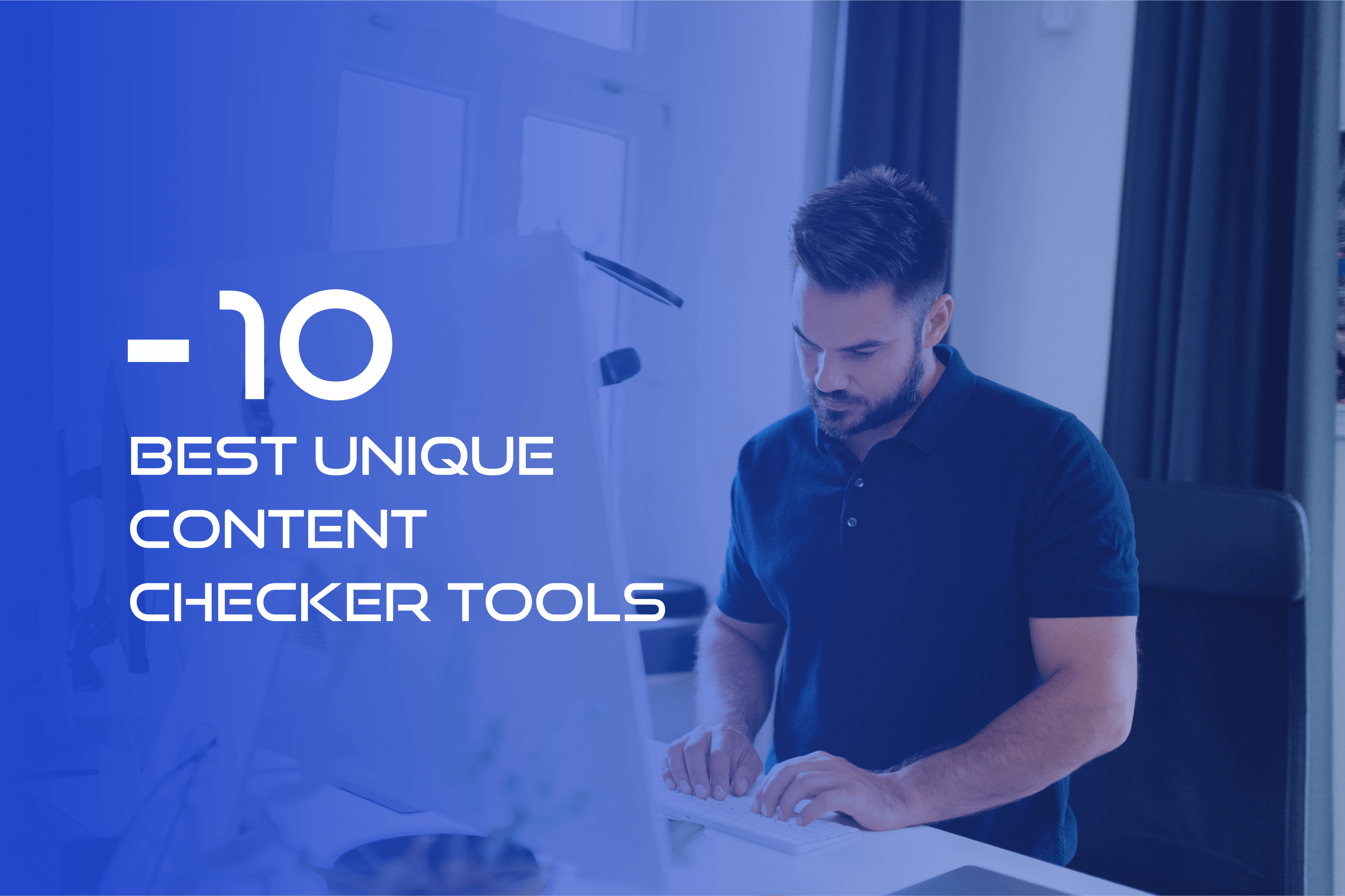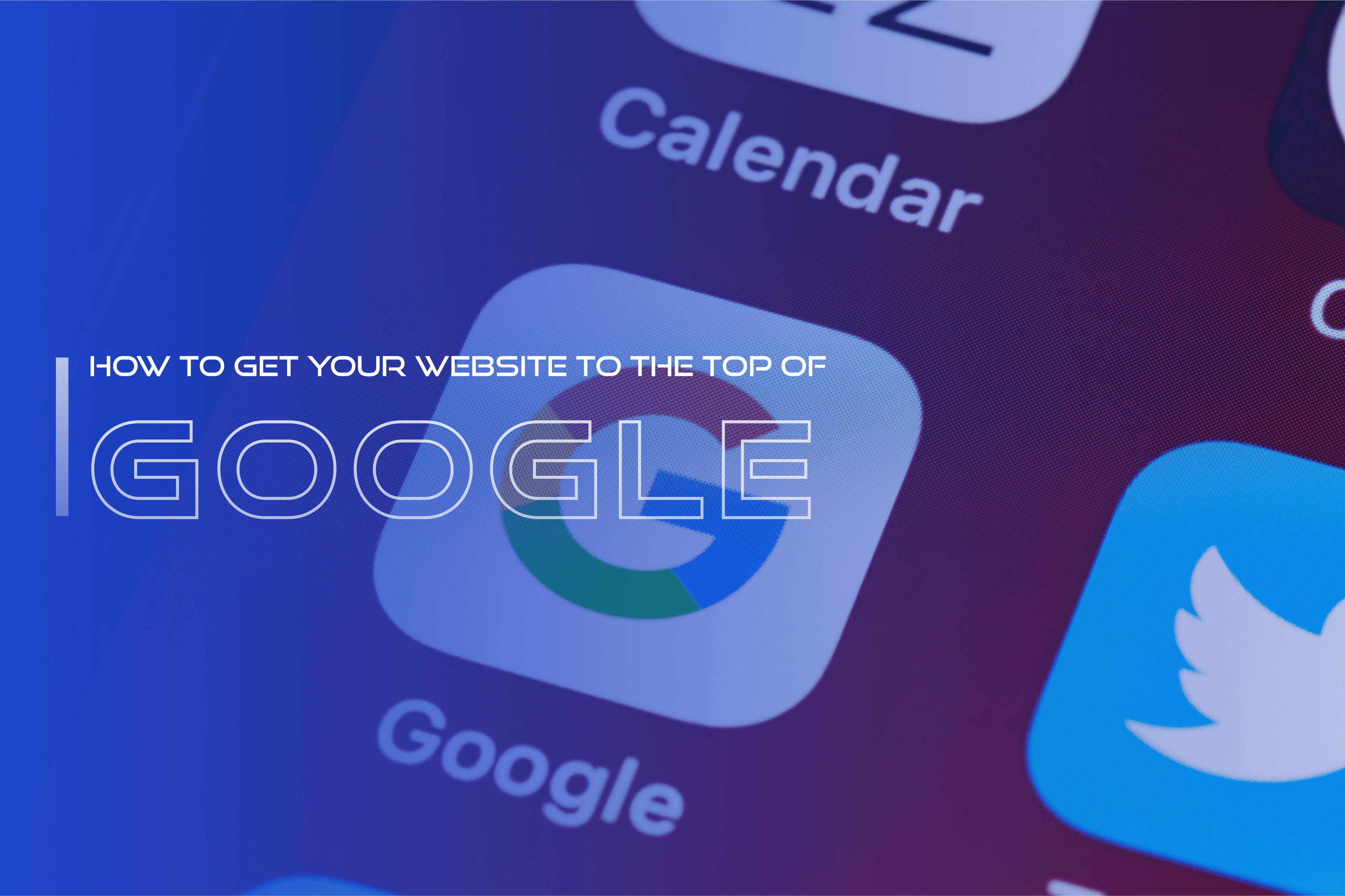
There is one joke among marketers: “Where do you hide something if you don’t want someone to find it? And the answer is on the second page of Google.”
Many people find what they look for already on the first page of search. If you are further, you risk losing many clients. What modifications should you realize to reach the top Google search results?
Internal Website Optimization
Check the file robots.txt
Robots.txt limits robots from accessing pages that do not require indexing. It means that this file does not allow them to go where they are not allowed.
Why do you need robots.txt?
If you have service files or other pages that don’t need to be indexed, they can lower your positions. Therefore, you should block them for robots. It will help speed up the indexing of all-new pages, articles, and product cards.
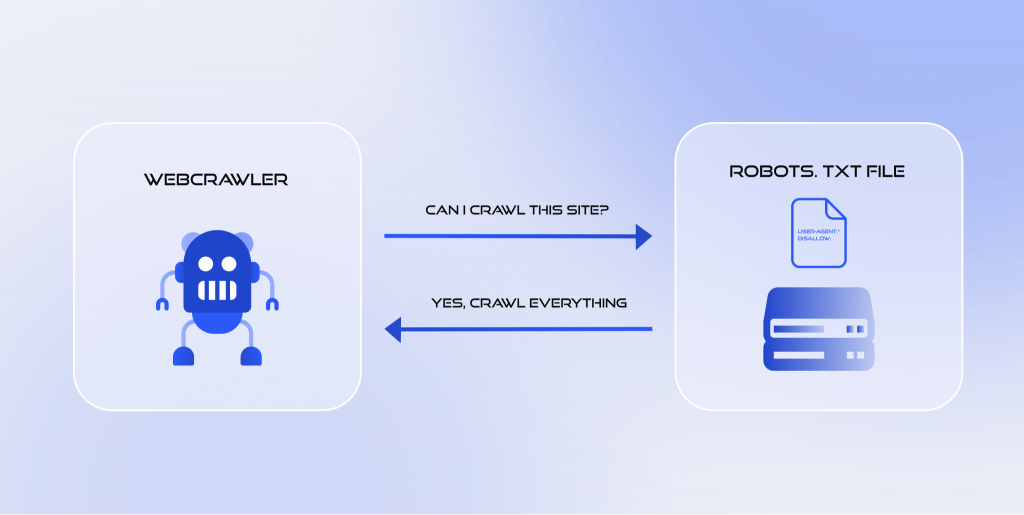
Remember, if you have blocked pages in robots.txt, you have to exclude them from sitemap.xml.
Create the sitemap.xml
Sitemap.xml is a file that contains links to all pages to be indexed by search engines. It helps robots speed up this process and improve it. If you have sections that they get to through a whole chain of links, bots can skip them. Your competitors can copy your content, index it first, and use it with impunity. Google prefers the original source and punishes plagiarism. If you want to protect yourself from such problems, help the robots find all the necessary pages on your site.
If you have a single-page site, you don’t have to worry about sitemap.xml. Other web resources need this map. The search engines can lower your position. So you should generate this file and add it to Google Search Console. To create the sitemap.xml, you can test online services such as MySiteMapGenerator.
How do you know if you need a Sitemap?
- You have a big site where you regularly add or change new pages.
- You use many pages that are not linked.
- You launched the site recently and did not take care of external links. If there are few of them, your site is harder to notice and less trustworthy.
- You add many videos, images, and news.
Check the page speed
Google favors fast resources. Therefore, one of the main factors in getting your website to the top of Google is the page load speed.
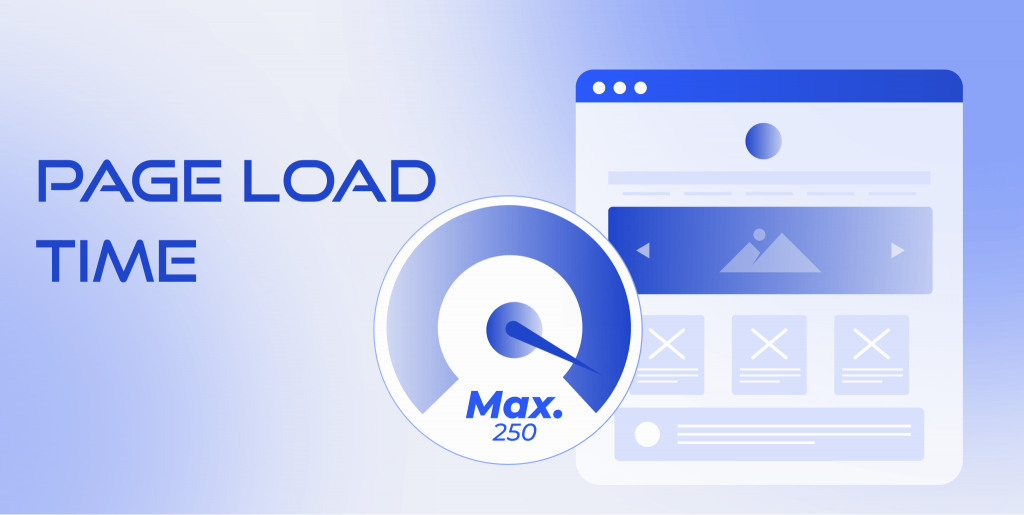
The normal score is 1 second or less. Optimal results are from 2 to 3 seconds. If the site loads more than 3 seconds, you should modify it.
What tools can you use to check page speed?
- PageSpeed Insights
- WhichLoadsFaster
- SiteSpeed.me
- Pingdom Tools
- WebPageTest
To analyze the mobile version, use Google Lighthouse.
What slows down the loading?
- Heavy HTML pages. You can implement data compression algorithms using gzip technology. It allows you to reduce the size of pages by at least 50% without losing their quality.
- Images in high resolution. If you place large images and other graphic elements, they may slow down the loading. Try one of the methods that help reduce their weight.
– compress the image using Optimizilla or other tools;
– get rid of unnecessary elements;
– convert PNG to JPEG;
– сonvert images to WebP format.
- Video. Such files weigh a lot, so it is better to publish them on the website using Youtube or Vimeo.
- Non-optimized site code. It is when the code is large and contains unnecessary elements.
In addition, this indicator influences your sales. Most users do not like to wait, so they leave your store without purchasing anything. If you still doubt whether it is worth devoting your time to this issue, imagine how many customers you lose with every second of loading.
Optimize for smartphones
If your site is not adapted for mobile devices, the desktop version will also take a lower position. Mobile traffic is over 50%, according to Statista. In 2020, Google spoke about its decision to implement the Mobile First algorithm that will prioritize mobile-friendly web resources. Google takes into account the preferences and behavior of users. Therefore, mobile optimization is one of the ranking factors.
How to understand that your site is not mobile-friendly:
- small print that is hard to read on the phone;
- images do not fit on the screen;
- small buttons and forms;
- links are placed so close that it is hard to click on them;
- the presence of outdated code similar to Flash;
- use of incompatible plugins.
How to check the mobile-friendliness of your website or online store?
- Try the Google Mobile-Friendly Test instrument to analyze the page. You paste the link and get the analysis. If the service detects problems, you will receive a list of them and understand what you need to improve.
- Check website responsiveness with Responsinator. You can see how pages are displayed on mobile devices with different screen resolutions.
Think about Keywords
Some words or phrases match users’ search queries. For example, you have an online shoe store. The buyer writes “women’s sneakers” in the search field. If you integrate them in a category or product cards, the customer could see them.

You should choose effective keywords that allow you to achieve your objectives:
- get to the top of Google search;
- attract the target buyer or blog reader;
- stimulate making a target action (buy, read, subscribe), etc.
If you select the right keywords, you could get top in Google searches more often. Distribute them evenly throughout the text.
Add meta: title & description
Google ranks many pages every day and adds them to the index. When a person looks for something on the Internet, it can analyze its database first with indexed pages. Therefore, you need to simplify and speed up this task for it. Insert keywords in meta tags to help it.
The meta title is the title of the page in the browser that the person sees in the SERP. If you don’t write it, your pages may not be indexed. It means that they will not participate in the search. If you don’t insert the keys, you’ll make it harder to rate those search requests.
Almost all CMS automatically generate it from the title. But if you have a static website, you need to write them manually.
A meta description is a short piece of text that tells about the content on the page. It appears below the URL in the search results. It is also called a snippet.
Thanks to the meta description, the user can quickly evaluate what your page is about and decide whether to click on the link. The more clicks you receive, the better your performance will be.
What is important for you to know?
- Add keywords but don’t overdo it. Create readable text that visitors can easily read and understand.
- Remember that it must match the content on the page. If they differ, the visitor will be disappointed and quickly leave your site.
- Write concisely and use keywords in the first sentences. Do not forget that the number of characters is limited.
- Create unique meta descriptions for each page. Google can penalize duplicates.
External Website Optimization
Implement an Expert Blog
Blogging allows you to grow website traffic. It is one of the indicators that affect your position in the SERP. If you post regularly, you increase the awareness of your brand and show Google that you share actual content.
Blog Benefits
- enhance the credibility of your expertise among potential customers;
- increase the number of visitors;
- improve audience engagement.
Some recommendations on how to be the first on Google search engine optimization using a blog.
- Choose relevant keywords. Do not overload articles with keys. You will complicate its reading.
- Write about something that interests your clients. Before you start, think about the preferences of your readers. What questions do they have? How can you help them?
- Monitor the quality of articles and post unique content. Google can ban plagiarism, and people won’t like to read a second article about the same thing. You also need to know the basics of copywriting to make text simple and interesting. The better your content is, the more time the reader will spend on your pages.
- Be regular. Give the latest information. Systematic publications show the search engine that the site continues to evolve.
- Write articles of 3000 characters or more without spaces. Robots may negatively evaluate posts that are too short.
Create a profile on Google My Business (GMB)
If you’re still wondering: “How to get my website on top of Google?” We offer you to test another method. GMB is a tool that allows you to register a company account in a search engine and Google maps. The system takes into account the convenience of the location for buyers, so it shows them the businesses that are located near them.
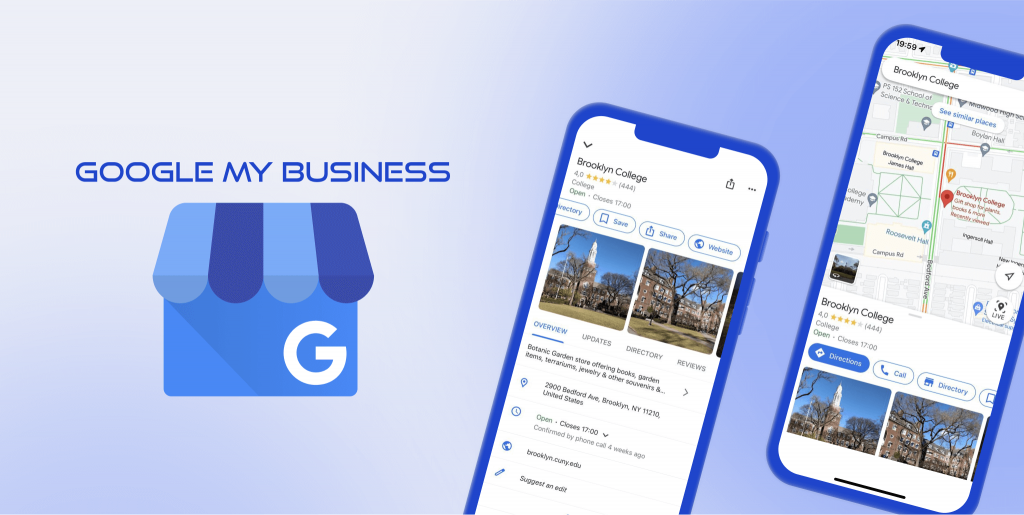
The card provides brief information about you. The user can quickly view the hours of operation, call, or visit your web resources.
Why is this useful for you?
- When a user enters your brand name, they will see you on the Knowledge Panel and maps.
- When potential buyers search for a product or service that you offer, the system will display a suitable request nearby.
Summing it up
If you want to get to the top of Google search, integrate some modifications. Restrict robots from accessing content they shouldn’t be indexing using robots.txt. Generate a sitemap.xml file to simplify and accelerate page validation.
Verify that the user does not have to wait more than 3 seconds for the site to load. If it takes longer, do the necessary steps to make it faster.
Find out from which devices your audience visits the website. If they often log in from smartphones, you should take care of their convenience. Adapt pages for mobile gadgets.
Choose relevant keywords that will simplify buyers to find you. Insert them into your meta tags to have more relevant searches.
Increase website traffic with blogging. Quality content and regular posting will build trust in your company and help you move to the top of Google search.






